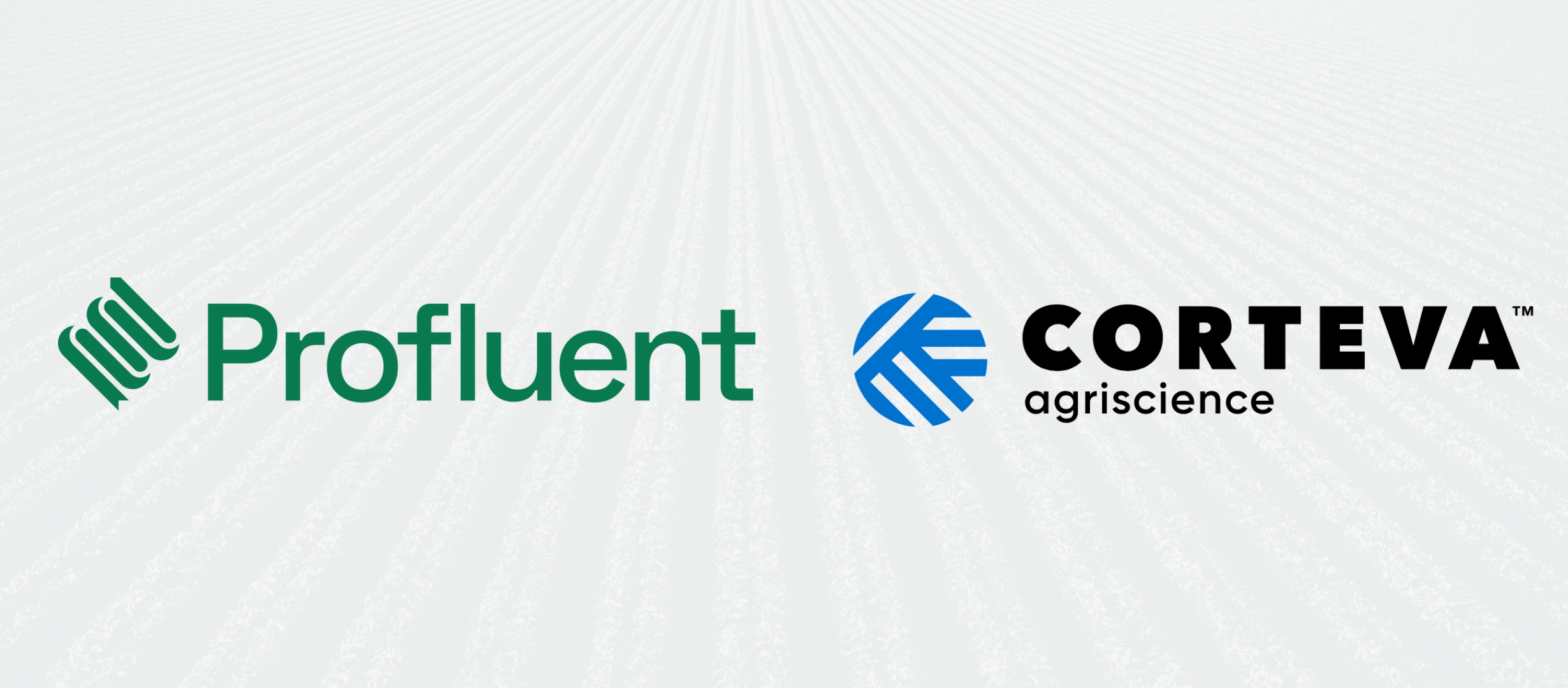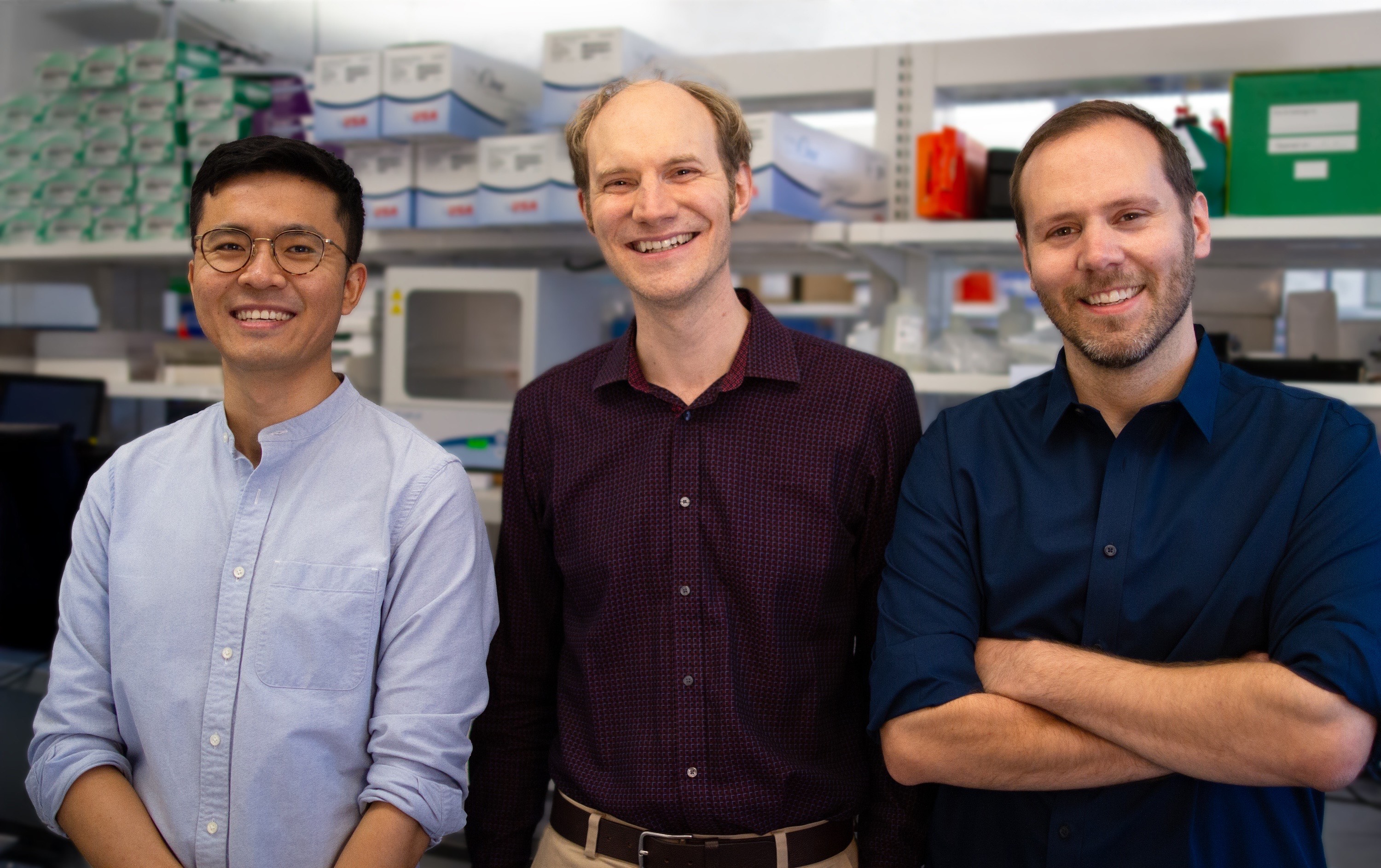
Indistinguishable from magic? Meet Berkeley Lights
Indistinguishable from magic? Meet Berkeley Lights
Researchers in biology and biotechnology often have a very difficult time making reliable measurements. We are attempting to measure units that are small and often cross-react with each other. Additionally, they usually cannot be measured in a non-destructive manner. This causes serious problems for the biotech industry, as accurate measurements are crucial for determining how well one’s system is working. What one cannot measure, one cannot improve. Therefore, it is crucial for the industry to work together to establish the measurements that we can reliably make and that a company can use to drive improvement in their processes.This process, known as benchmarking, is common in other disciplines. It allows for groups to compare themselves against a theoretically optimal performance so that they can reach that same level. The implementation of a strict benchmarking system has a long history of improving other industries, especially the semiconductor industry.Berkeley Lights, who are developing a system that can culture, sample, and measure thousands of cells in one experiment, actually has some ties to the semiconductor industry. Eric Hobbs, the CEO of Berkeley Lights, used to work with semiconductors. Now, Berkeley Lights is assisting with making biology more standardized and reproducible. Their technology allows for incredibly precise control over the cellular growth and measurement environment, which eliminates variables that may make results hard to replicate. Additionally, their high-throughput techniques allow for the measurement of many more replicates per experiment, giving a better idea as to the variation inherent to the system of interest.Last week, SynBioBeta, along with Berkeley Lights, hosted a Thought Leader Mixer featuring UC Berkeley Professor of Industrial Engineering and Operations Research Robert Leachman. Dr. Leachman was a key member of the group that developed what is now known as the “Berkeley Metrics,” measurements that semiconductor fabs use to improve their yield, quality, and cycle time. He presented on how we in the synthetic biology industry could also begin to adopt benchmarking, focusing on three major areas: design, audit, and process control.
Design for manufacturing
When designing a new system, it is critical to ensure that developing that system fits your capabilities. For biotechnology, physically building the system isn’t quite as difficult, due to well-known cloning methods and cheap DNA, but optimizing the system may be. So, Leachman recommends that if a high-throughput screen is useful for optimizing your system, make sure it is a system that is amenable to high-throughput screening. Ensure that whatever metabolites or other properties you want to measure are measurable by tools that are easily available to you.

Troy Lionberger, Associate Director, Technology Development at Berkeley Lights, speaking at SynBioBeta 2018.
Audit the process
Developing a good manufacturing process requires one to rigorously track each point of the process to find where it fails -- in other words, the dreaded but all-important audit system. According to Leachman, the first thing that needs to be done is to design the process so that both the product and the process itself can be tested at all points. “Your responsibility is not just to engineer the process, but as part of your responsibility, you have to design some tests that are integrated into your process to prove that none of those failure modes are there before we pass this piece of work and process to the next process.“ Then, the data from the tests need to be continually collected and reviewed in order to find when the process is breaking down. This continuous collection and reviewing of data is especially amenable to automation, which makes data entry more reliable.
Implement process control
When the system is set up so that data is automatically collected and reviewed, one can begin to implement process control, says Leachman. “If we find measurements that are really outlandish, and it's time to run up a red flag, and that's the kind of SPC (statistical process control) that if you find something that's very low probability, something's changed, somebody kicked the machine. There's a one in 1000 chance? I don't think so. I investigate.” This is the practice of having your system self-regulate, changing its properties so that nothing runs outside of the bounds of what is safe or productive; biologists might recognize this as being in homeostasis. Synthetic biologists can implement process control through both in their instruments by having sensors monitoring conditions like temperature and pH and within their system by using biosensors that allow the system to change gene expression to adapt to less-than-optimal conditions.After Dr. Leachman’s talk, Berkeley Lights’ Eric Hobbs, UC Berkeley’s Robert Leachman, and SynBioBeta’s John Cumbers engaged in a panel discussion on how to bring the lessons learned from the semiconductor industry to synthetic biology. One solution that has worked well for Berkeley Lights is to holding user group meetings, where scientists can come together to share how they have used the platform. Collaboration and openness, even among competitors, will be key to creating the insights that push the whole field forward. This was done with great success in the semiconductor industry, noted Leachman, “The semiconductor industry has a group called Semiconductor Equipment and Materials International. And they try to promote, agree on and promote standards for suppliers to the industry, and so forth.” With that in mind, SynBioBeta is creating a working group regarding the implementation of benchmarking protocols. We ask that anybody interested get in touch with us by filling out the form. Together, we can make it easier for people to use biology to change the world.
Meet the innovators and companies, find new opportunities, partner up and discover the potential of the biological industrial revolution. Join us October 1-3 in San Francisco for SynBioBeta 2019.



.svg)









.jpg)

.gif)